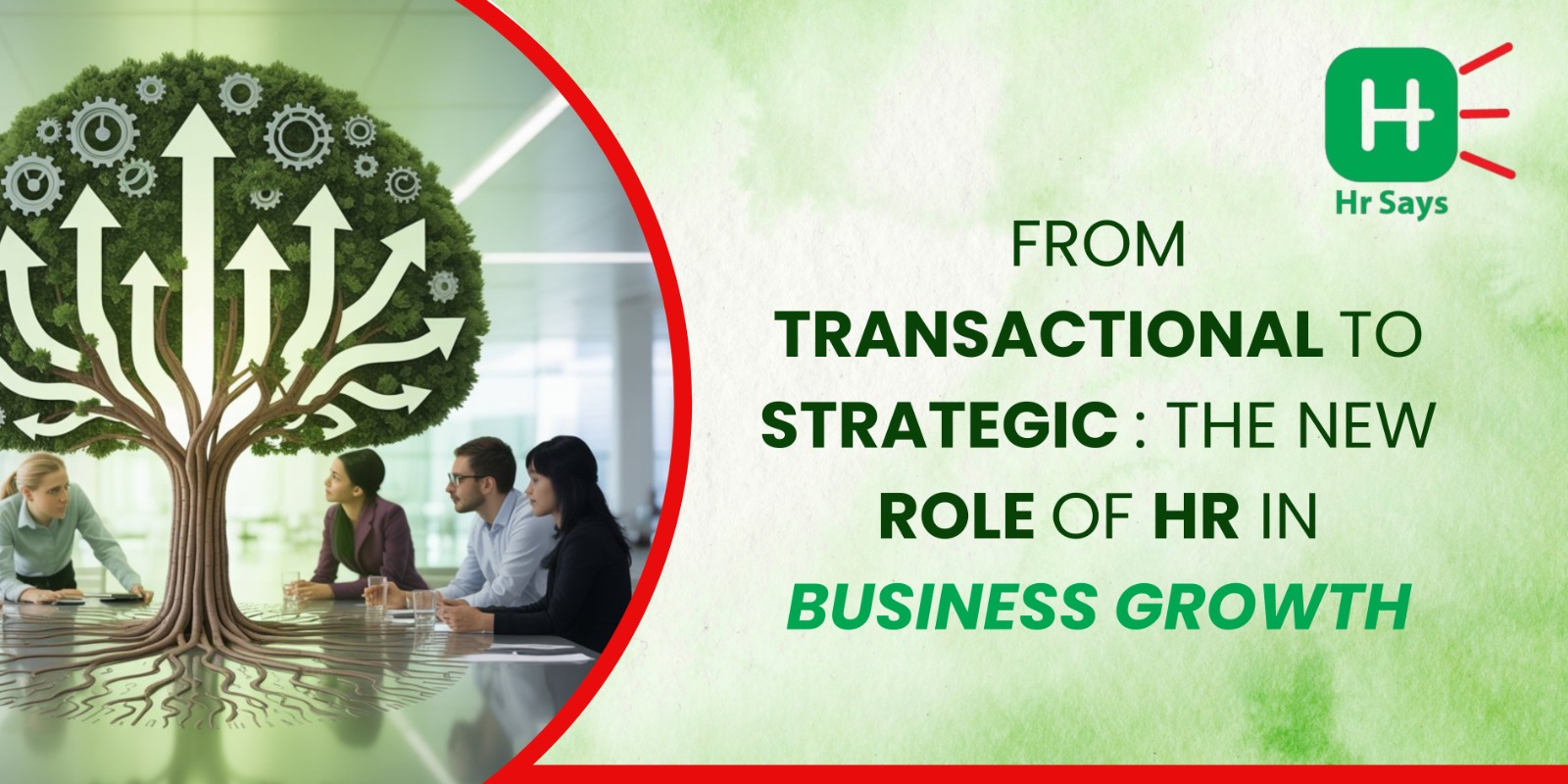The innovation of Human Resources (HR) is all about adoption. I mean this particular area has seen so much, be it tech developments or market fluctuations or massive employee expectations. These shifts and constant fluctuations have indeed shaped the administrative culture as well as employee culture.
Differences between Traditional HR and Strategic HR
It’s surprising that all we know about HR is that it is responsible only as a bridge between management and employees. But that is only what the traditional HR did. Nowadays, there are far more responsibilities that the HR department has. Here are some differences for you to understand:
Traditional HR
Strategic HR
Traditional HR focuses too much on tasks like giving out payroll, conducting leave, managing compliance, and maintaining employee records. It was simply a role of transactional HR.
With the advancements of the racing world, the changes of need and action upon that are hard to handle based on operational tasks. Strategic HR has to be proactive and productive, developing a healthy organisational culture.
They had fragile timelines and simple tasks that often did not need long-term business planning.
Strategic HR is deeply rooted to long-term business planning.
Transactional HR were not affected much by digital transformation or skill issues.
As strategic HR has various responsibilities, they are massively affected by digital transformation, remote work culture, and skill issues.
Transactional HR had not much of a role in making the money for the organisation.
A strategic HR has to be proactive and brainstorm ideas that would connect the dots of human capital to make it a larger thing such as business outcome.
Strategic HR as Business Partners?
Strategic HR in Business models is already a successful idea. But as business partners? Let’s explore the advantages:
● Business prospects, goals, and outcomes are very much connected with strategic HR.
They can partner with C-suit for a more successful run.
● Basically makes sure teams are organised in a way that actually helps the company reach
its goals — not just look good on paper.
● Digs into people data to find what skills are missing, who might be on their way out, and
who’s ready to take the lead next.
● They focus on not just the operational tasks but also the way of training, development of
the organisation as a whole, and obviously, long-term success.
Role in Talent Strategy Leveraging
Strategic HR is all about mixing the human mind and the efficiency of AI to the fullest.
● This HR strategy utilises the smart HR tools to hire better, promote the right people, and
keep them engaged and productive.
● Lets AI handle the boring admin stuff.
● Frees up time to focus on what really matters — strategy and people.
● Keeps an eye on how people are doing.
What Awaits?
HR’s role is not a “sit-back and give the payroll to the employees” kind of job anymore. It has
made its way to the core of the business models that have huge responsibilities like business
growth, people management, their behaviour, productivity— every little thing that we tend to
ignore in a working environment. As companies are striving to reach the top, it is the HR
strategy that is the centre of success.

 It has always been a surprisingly huge responsibility of HR department to welcome new ideas,
policies, systems, procedures, strategies, technologies, and practices. It has also been proved
that, this has significantly improved the financial growth of organizations.
It has always been a surprisingly huge responsibility of HR department to welcome new ideas,
policies, systems, procedures, strategies, technologies, and practices. It has also been proved
that, this has significantly improved the financial growth of organizations.












.jpeg)
.jpeg)

.jpeg)

.jpeg)


.jpeg)

.jpeg)

.jpeg)


